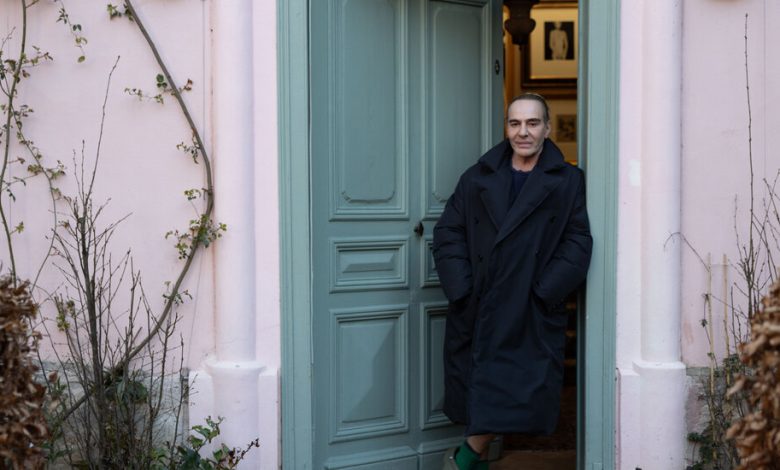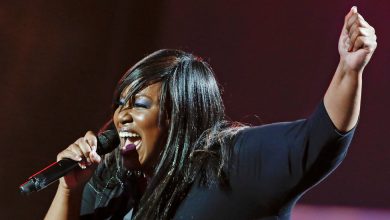‘High & Low — John Galliano’ Review: Designing a Comeback

By the time the documentary “High & Low: John Galliano” enters its second hour, you have learned a little about its titular subject’s life. You’ve seen him at work and at play, and you’ve also watched his 2011 drunken antisemitic rant — “I love Hitler” — which was captured on video. You’ve learned about his childhood in England, his time studying fashion in school, his habit of indulging to excess. Mostly, you have witnessed the unfolding of one of the most exalted careers in high fashion, a decades-long spectacle filled with sensational designs, leggy beauties and air kisses, all set to the drone of millions upon millions of dollars in annual sales.
An hour into this fabulousness, I scribbled: “don’t see how this explains his hateful comments.” When the second and final hour ended, I had learned that Galliano’s father could be violent toward his son and that the designer’s career had been stressful; though, of course, many people with bad parents and hard jobs don’t spew hate, even in the grip of serious addiction. In truth, I didn’t need an explanation. I just wanted something — even a glimmer — that shed light on why on three occasions in 2010 and 2011, he had voiced virulent prejudice. I also wondered what he said when he wasn’t on camera, a question this movie never broaches.
The director Kevin Macdonald asks Galliano questions in “High & Low,” but the answers are largely self-serving and unsatisfying in a movie that, for the most part, plays like yet another installment in a highly publicized redemption narrative. In the main, it is a familiar portrait, one that Macdonald has assembled using archival and original material, including far too many clips from Abel Gance’s 1927 epic “Napoléon,” a Galliano fixation. He started his label in the mid-1980s, was named the designer at Givenchy the next decade and moved to Dior in 1996, a trajectory from punk upstart to acclaimed visionary and international brand that paralleled the steep rise in the global stakes of the luxury fashion industry.
As interviewees chatter and declaim, Macdonald regularly cuts to runway imagery, which is certainly more enjoyable than enduring Galliano’s prejudices. The clothes invariably pop. The shapes, lines, colors and textures are as wildly divergent as are the designer’s sometimes eyebrow-raising ideas and influences, like his “Empress Josephine Meets Lolita” collection in 1992 and the Dior show in 2000 inspired by Paris’s unhoused people. There’s a surfeit of beauty, though the visual quality of the archival material is suboptimal until the shift to digital. Disappointingly, there are few specifics about the money and especially the labor — Galliano’s or that of the technicians who help realize his vision — needed to make these clothes.
Galliano’s fall happened swiftly. On Feb. 25, 2011, Dior suspended him after an incident at a Paris cafe initially described as a drunken tussle. “There was never the slightest comment of a racist or antisemitic connotation,” his lawyer, Stéphane Zerbib, told The New York Times at that point. Then the video surfaced in which Galliano railed at patrons, claiming to love Hitler and saying, “people like you would be dead today” and “your mothers, your forefathers” would be “gassed.” On March 1, Dior fired him. That September, a French tribunal convicted him in connection with two incidents, including another cafe rant in which he employed hate speech aimed at Asian and Jewish people. He was given a suspended fine.



